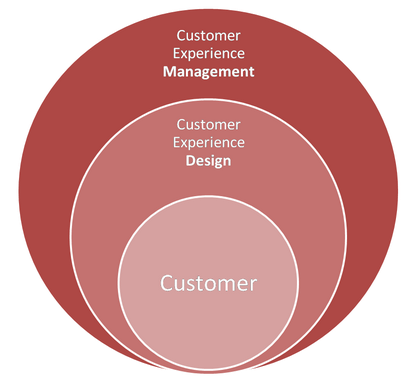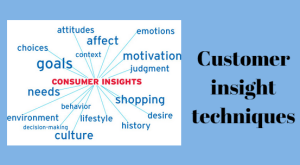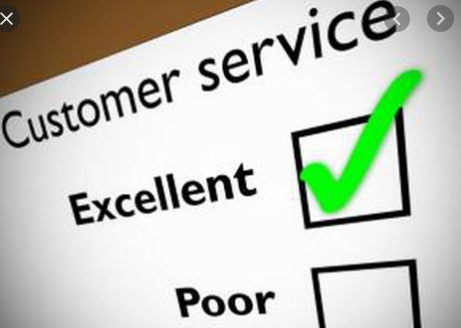There are many important factors that determine business success in 2023, but one that should not be overlooked is Customer Relationships Management (CRM). CRM is the process that businesses use to manage interactions with customers and is key for providing the best possible experience for customers and keeping them happy. These days, there are excellent CRM software systems that can help businesses to improve their relationships with customers, and this should be a key area of focus for all businesses. This post will look at why this is so crucial and how the right CRM system could boost your business in 2023.
Learn About Your Customers
One of the key ways that CRM helps businesses to succeed is by providing the ability to learn about their customers. CRM enables businesses to learn about the wants, needs, preferences, and purchase history of their customer base. With this information, companies are then able to find ways to adapt and improve to enhance the customer experience. When businesses are able to do this, they can retain customers as well as develop a positive reputation – this is key for word-of-mouth marketing and attracting new customers.
Improve Customer Service Standards
Another key way that CRM helps businesses to succeed is by improving customer service standards. With data on each individual customer, businesses are able to easily provide personalized customer service. CRM equips customer service staff with every interaction with each customer, and personalized customer service will help improve customer satisfaction and help create a stronger connection with each customer.
Make Work Easier For Customer Service
Following on from this, CRM software can also make work easier for customer service staff and increase productivity. By providing easy access to customer interactions, staff can quickly handle interactions without having to trawl through different systems and spreadsheets. In addition to this, high-quality CRM software can automate various processes and tasks to increase efficiency and improve collaboration between different departments.
Improve Sales & Marketing
CRM software is important for customer service, but it can also be used to improve sales and marketing. CRM allows the sales department to close deals by using data to follow up on leads and prioritize prospects and increase conversion rates. Marketing strategies can be optimized by creating targeted marketing campaigns, customer personas, segmenting their customer base, and establishing trends and patterns.
How To Get The Most Out Of CRM
It is clear that CRM can help a business to succeed in a few ways, but how can you get the most out of CRM? It is worth using the services of a CRM consulting company that will be able to use data and analytics to improve all aspects of your CRM. This can include improving the customer experience and customer service standards, boosting sales, and developing the best marketing strategies to attract new customers to your business
CRM can have a huge impact on the success of any business in 2023, and it should be a key area of focus. When you prioritize CRM, you can attract and retain customers and develop a positive reputation that will help your business to stand out from the crowd.







